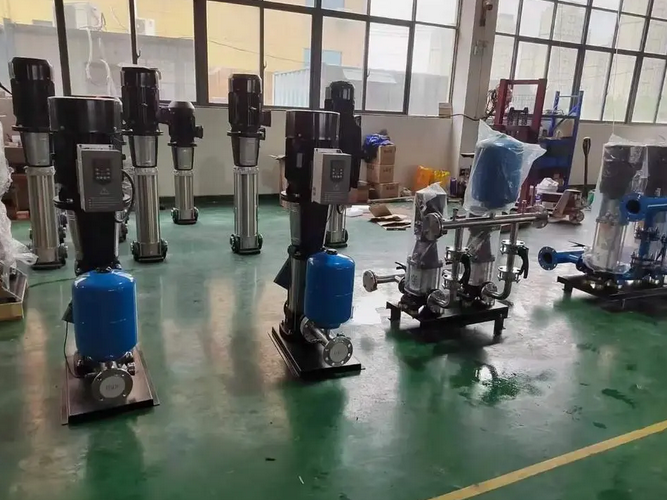Efficient head optimization of centrifugal pumps
The optimization of efficient head of centrifugal pumps is a key link to improve pump performance and reduce energy consumption. The following is an introduction to the strategies and methods of optimizing efficient head of centrifugal pumps from multiple aspects:
1. Optimize impeller design
Impeller shape and size: The impeller is the core component of the centrifugal pump. Its shape, size and number of blades directly affect the head and efficiency of the pump. By improving the design of the impeller, such as adopting a more reasonable blade shape (such as forward curved blades or backward curved blades), adjusting the blade angle and number, the flow path of the fluid in the impeller can be optimized, energy loss can be reduced, and thus the head and efficiency can be improved.
Cutting the outer diameter of the impeller: In certain cases, the performance of the pump can be adjusted by cutting the outer diameter of the impeller. This method is suitable for equipment that runs at a small flow rate for a long time, which can effectively increase the head of the pump without additional energy loss.
2. Increase the speed
The speed of the centrifugal pump is one of the important factors affecting the head. Increasing the speed within the allowable range can increase the centrifugal force generated by the impeller, thereby increasing the head. However, too high a speed may cause unstable operation or shorten the life of the pump, so it is necessary to weigh it according to the actual situation and consider using a variable speed motor to achieve flexible adjustment of the speed.
3. Improve fluid properties
Reduce fluid viscosity: The viscosity of the fluid has a significant effect on the head of the centrifugal pump. Reducing the viscosity of the fluid by heating, adding diluents, etc. can reduce the resistance of the fluid when it flows in the pump, thereby increasing the head. However, it should be noted that these methods may change other properties of the fluid, such as temperature, chemical stability, etc., so they need to be selected according to actual conditions.
Choose a suitable fluid: When possible, choose a fluid with low viscosity and low density for transportation, which can more easily achieve the required head and efficiency.
4. Reduce pipeline resistance
Pipeline resistance is an important factor in reducing the head of a centrifugal pump. By optimizing the pipeline layout, selecting a suitable pipe diameter, reducing the number of elbows, and keeping the inner wall of the pipeline smooth, the resistance of the fluid when it flows in the pipeline can be reduced, thereby increasing the head of the pump.
5. Use advanced technology
Computer-aided design (CAD): Using CAD technology to design and optimize centrifugal pumps can accurately simulate the flow of fluids in the pump, predict the performance parameters of the pump, and provide a scientific basis for design optimization.
Variable frequency speed regulation technology: By applying variable frequency speed regulation technology, the motor speed can be adjusted according to the actual working conditions, so that the pump always runs in the efficient working range, thereby improving the head and efficiency.
6. Reasonable selection and configuration
Selection according to demand: When purchasing a centrifugal pump, it should be reasonably selected according to the actual needs and working conditions to ensure that the performance parameters of the pump meet the requirements and leave a certain margin to cope with possible changes.
Reasonable system configuration: Reasonably configure the centrifugal pump and its ancillary equipment (such as valves, pipes, etc.) to ensure the highest operating efficiency of the entire system and avoid energy loss and head reduction due to improper configuration.





